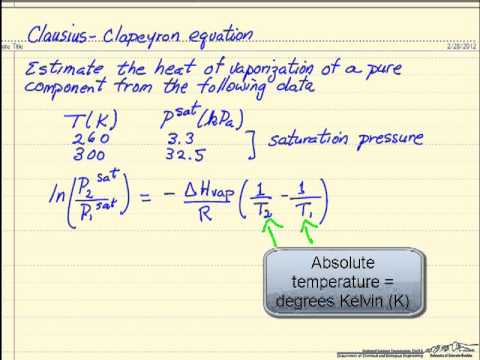How to calculate capital gain

Introduction:
In the world of finance and investments, capital gains are an essential aspect that most investors need to understand. Essentially, a capital gain is the profit you make when you sell an asset at a higher price than what you initially paid for it. Knowing how to calculate your capital gains is crucial for tax planning and overall financial management. In this article, we will discuss the steps involved in calculating capital gains and provide examples to help you understand the process better.
Step 1: Identify Your Assets and Purchase Prices
The first step in calculating capital gains is identifying the assets that you have sold or are planning to sell. This includes stocks, bonds, real estate, and other types of investments. Write down the purchase price of each asset, or cost basis, as this value will be used to determine your profit or loss.
Step 2: Track Your Selling Prices
Next, record the selling price for each asset that you’ve sold or plan to sell. The difference between this selling price and the original purchase price will determine whether you’ve made a profit (capital gain) or incurred a loss (capital loss).
Step 3: Calculate Capital Gains/Losses
To find your capital gain (or capital loss), subtract the original purchase price (cost basis) from the selling price for each asset. Here’s a simple formula:
Capital gain/loss = Selling price – Purchase price
Repeat this process for all assets that you have sold or are planning to sell.
Step 4: Organize Your Gains/Losses by Holding Period
Categorize your gains and losses by how long you held onto the assets before selling them:
– Short-term: If held for one year or less
– Long-term: If held for more than one year
This step is crucial because short-term and long-term gains/losses are taxed differently under current tax laws.
Step 5: Net Your Capital Gains and Losses
To find your total capital gains or losses, combine the short-term gains/losses and long-term gains/losses separately:
Net short-term gain/loss = Total short-term gains – Total short-term losses
Net long-term gain/loss = Total long-term gains – Total long-term losses
Step 6: Determine Your Tax Liability
Capital gains tax rates vary based on the holding period of the asset and your income level. Consult with a tax professional or refer to the IRS guidelines for the specific rates. The final step is to apply the appropriate tax rate to your net short-term and long-term gains to determine your tax liability.
Conclusion:
Calculating capital gain is an essential skill for any investor. By following these six steps, you will have a deeper understanding of your investment outcomes and potential tax liabilities. Be sure to keep accurate records of your transactions, consult with a tax professional when needed, and continually monitor your assets to make informed investment decisions.






